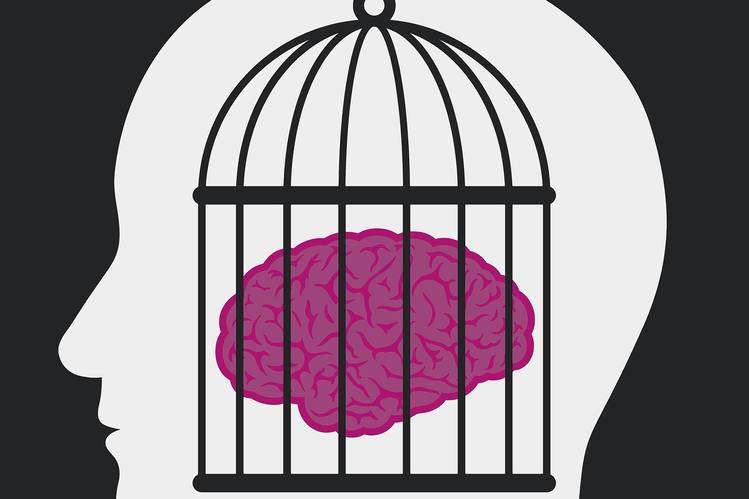
Once upon a time, I was the curriculum person for a school district. Since then I’ve watched what has happened in many school districts with curriculum with a certain amount of interest.
Lately, I’ve been troubled by what I’ve been seeing and reading:
- A move to technology because
- Technology is supposed to engage students,
- Using technology is supposed to prepare students for the 21st Century, and
- Technology saves money – online textbooks are cheaper than buying paper and ink textbooks.
- A belief that purchasing various programs will turn around student achievement. That is, a belief that programs are what works in helping students learn rather than investing in teacher knowledge and expertise.
- Creating “pacing guides” that dictate what teachers are supposed to be teaching and when. I think of this as “if today is Tuesday, then we must be on page 86”.
All three of these trends are counter to what good research shows.
In this and the next couple of posts, I will address these changes.
First up: Creating “pacing guides”.
For those of you who do not know, a pacing guide attempts to dictate that each classroom progresses through the district’s curriculum at a steady rate.
At best, a pacing guide helps a teacher determine what students are supposed to learn in a school year.
At worst, a pacing guide becomes an unreasonable attempt to make every class move through the curriculum in a lockstep. Ms. Jones’ class is supposed to be doing X. Mr. Smith’s class is supposed to be doing X. Ms. White’s class is supposed to be doing X.

It is this latter kind of pacing guide that has me alarmed.
I can understand that sometimes a school has a teacher who seems to race through the curriculum so that students are left behind and she seems to finish up the year’s work before the year is actually done.
Then there is the teacher who seems to drag through the curriculum, finishing the year accomplishing only a fraction of what is expected for a particular grade level or subject area.
Both of these teachers leave students behind (to use an over worn phrase). Neither teacher has ensured that all students have achieved what the curriculum says they are supposed to achieve.
Creating a pacing guide is supposed to make sure that students are not left behind. However, it seems to me that there is a better way to ensure that these two types of teachers focus on what students are learning and better meet the needs of the students.
Putting classes in lockstep is not the answer. Telling every class that they must do this on this day and that on that day is not what is best for students or teachers. It will not help school districts achieve state standards. It will not close the achievement gap.
If teachers are effective professionals,
- They need only be told that their students are supposed to achieve particular standards.
- They can use formative assessments to determine
whether or not students have achieved the standard, or if students need
instruction to meet the standard.
- They can create enrichment lessons for those who have already met the standard.
- They can create lesson experiences and practice for those who have not met the standard.
- They can determine if students “get it” after lessons, and back up and re-teach topics if students have not reached the required level of proficiency.
A pacing guide that dictates classes are kept in lockstep does not allow for any of the three points above.
What about the needs of the students? What about our commitment to focus on student learning, and not on teachers teaching?

A pacing guide that dictates that classes move along in lockstep does not help students
- Who need more practice to achieve a standard
- Who have already achieved the standard and need enrichment or an opportunity to move on to another standard
Some curriculum “experts” say students that don’t “get it” this round, will have an opportunity to learn something when the curriculum comes back to the topic.
This assumes that all subjects have a spiral progression. For example, science tends to have a spiral progression. Students learn, say, about living and non-living things in the first round. In the second, living things are divided into plants and animals. Much later, students learn that there are actually six groups: plants, animals, bacteria, achaebacteria, fungi, and protozoa.
However, some subjects do not have spiral understandings. Math is one area that does not. Students who do not understand place value cannot move on to addition and subtraction, much less decimals. Students who do not know multiplication cannot move on to division, and so on.
So leaving kids behind in some areas affects their ability to learn later on.
A lockstep curriculum guide is as detrimental to these students as the admonition beginning teachers were told fifty years ago to “teach to the middle” and let the “lows” and “highs” fall where they may. It perpetuates the idea that students who don’t “get it” are okay to ignore, and the idea that those who are advanced will simply teach themselves as needed. Neither is the truth.
So let’s get back to the teacher who zooms through material and the one who inches forward.
Neither of the two teachers is being effective. It should be up to the instructional leadership of the school or district to offer those two teachers coaching so that they can evolve into effective teachers. And if the two teachers refuse that coaching, perhaps it is time to ask them to leave.
In my opinion, it should never matter HOW a teacher moves students to achieve standards. It should be up to the teacher’s professional judgment. S/he should be able to tailor lessons to the interests and prerequisite skills of the students in that particular class.
Grant Wiggins confirms this opinion. He wrote a piece explaining his position in 2012! See it here: https://grantwiggins.wordpress.com/2012/01/04/on-pacing-guides/
So how do we convince the district level curriculum “experts” of this? Good question! I am very much interesting in hearing your ideas on this!